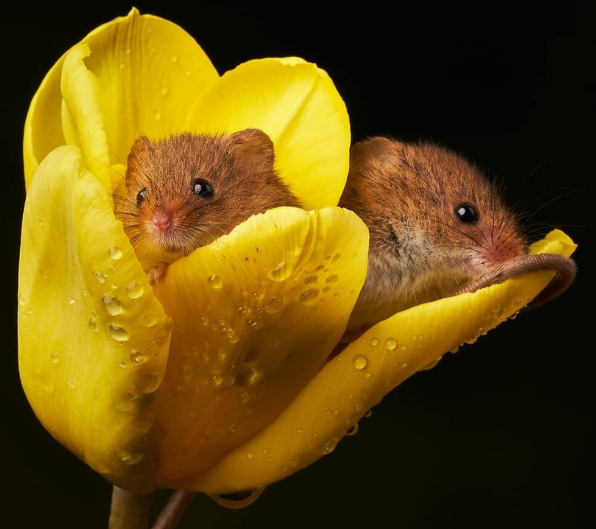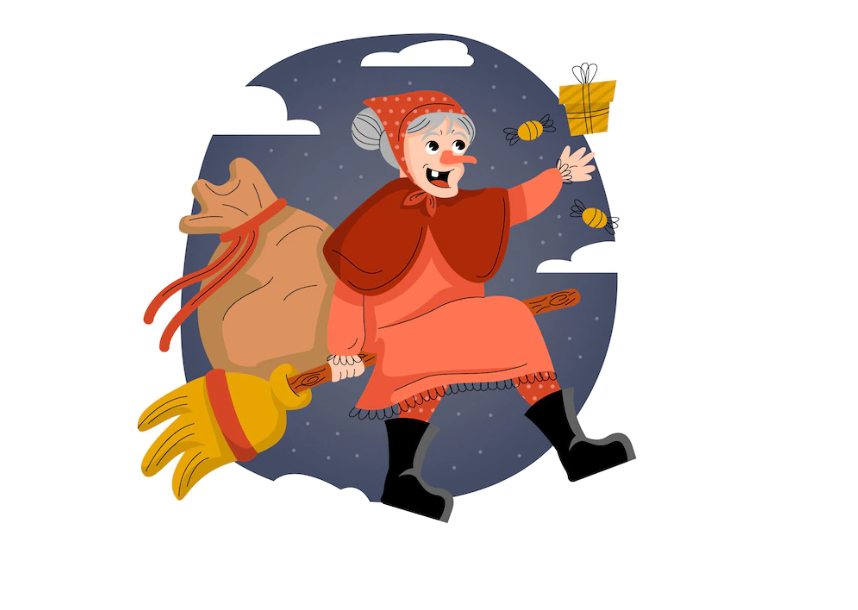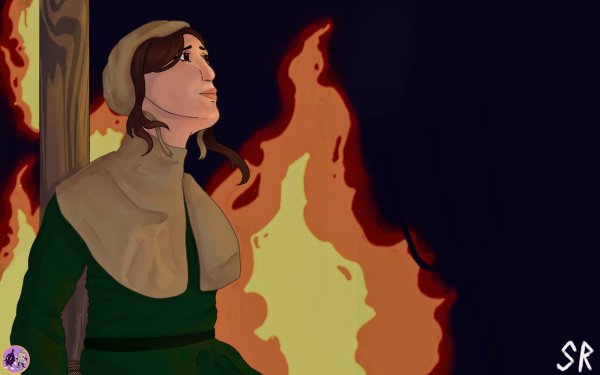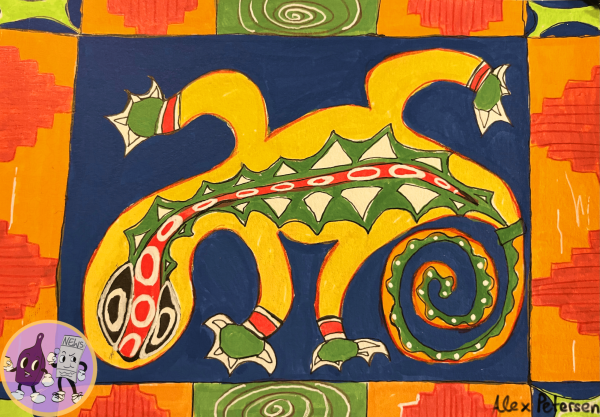WINTER HOLIDAYS AROUND THE WORLD PART 2
Picture a sausage swiping dwarf
Witch with bag full of gifts and candy.
You may now be knowledgeable about different international holidays and their strange figures, but there is still so much more to learn. Oh yes, the Jólakötturinn isn’t the only child eating Christmas figure, and there is more than just Diwali to celebrate in Asia during the winter months. Here are three more holiday figures and one holiday coming to you from around the world.
LE PERE FOUETTARD
If you tend to prefer Halloween over Christmas Pere Fouettard is the man for you. Of French origin Fouettard is Santa’s co-partner similar to Krampus. He carries a whip with him, or a bundle of sticks, for beating children who have been naughty this year (HistoryAnswers). However, he does not go to the extreme of dragging children to Hell, that may have to do with his origin story though. There are a couple different versions of Fouettard’s story, but the most popular one involves murder. It is said that Fouettard, the butcher, and his wife robbed and murdered three boys one night and chopped up their bodies for meat (Indobase.com). Then when St. Nicholas enters the butcher’s shop a short time later he discovers the crime and resurrects the boys. Fouettard, feeling immense guilt, repents and becomes the twisted assistant of one Mr. Claus. Let’s just hope the children of France have been good this year, just to avoid a certain whipping butcher.
If you tend to prefer
Halloween over Christmas
Pere Fouettard is
the man for you.
NOWRUZ
Nowruz (also spelled Nōrūz/ Nō Rūz/Nō-Rūz) is a celebration of the spring equinox, also commonly known as the Persian new year, though many central asian countries celebrate it (Kalpak-Travel.com). Nowruz is meant to represent good beating evil with the long lasting light, many use it as a day of prayer. There are also traditional clothing worn and meals cooked for Nowruz. As Kalpak-Travel explains, one of these meals is called samanu, a cooked wheat sprout paste, only eaten for the holiday. One of the most unique aspects of the celebration is the polo-like game played called Buzkashi. On horseback around one hundred players ride and attempt to get a goat carcass to one end of the field for a goal (Kalpak-Travel.com). Buzkashi is a beloved and iconic part of the holiday.
GRYLA AND HER 13 YULE LAD SONS
Two or 14 more strange holiday figures are Gryla the ogre/witch of Iceland and her mischievous sons. Gryla lives high in the cold Icelandic mountains and has from fifteen to forty tails (Smithsonian). The Smithsonian also noted that she comes down from the mountain with a knife to carve the stomachs of whining children in certain stories. She has been around much longer than Santa or Christmas the way we know it today, but has become associated with it over time. Now, as for Gryla’s thirteen sons they are less terrifying but seemingly more strange. Each one visits children’s houses in the thirteen nights leading up to Christmas. Kids in Iceland leave their shoes out overnight and if they’ve been good, candy and other treats will be left, and the alternative is rotten potatoes (Smithsonian). All thirteen lads have their own silly characteristics, though they tend to be slightly repetitive, so here are only 5 of them courtesy of the Smithsonian:
- “Gully Gawk: He steals foam from buckets of cow milk”
- “Spoon Licker: He licks spoons”
- “Sausage Swiper: He loves stolen sausages”
- “Candle Beggar: He steals candles, which used to be sought-after items in Iceland”
- “Door Slammer: He stomps around and slams doors, keeping everyone awake”
Now don’t they sound like lovely house guests?
Although these figures or holidays may seem strange to some, they have been around for a long time and are certainly an entertaining way to spend the winter season. So this year, as you celebrate Christmas or Chanukah, take the time to remember that all the little French kids in the world are dreaming of Santa, but also his ex-con, whip wielding partner as they sleep tonight.

"I think it pisses God off when you walk by the color purple in a field somewhere and don't notice it" (Alice Walker).








